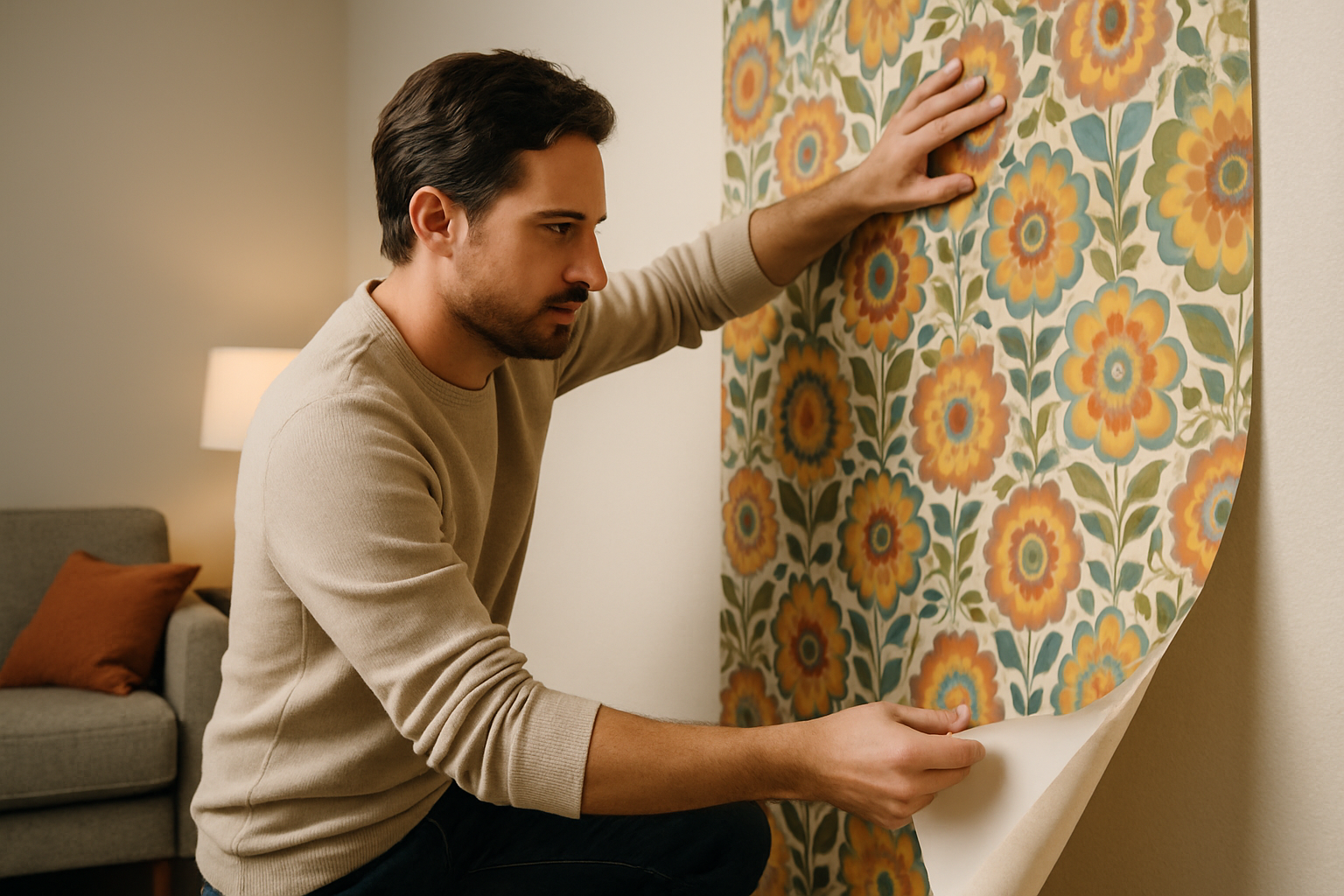The Hygge Renaissance: Embracing Danish Coziness in Home Design
Nestled in a snug corner, wrapped in a soft blanket with a steaming mug of cocoa, you feel an inexplicable sense of contentment. This is hygge – the Danish art of coziness that's captivating homeowners and designers alike. As we seek respite from our fast-paced world, hygge offers a blueprint for creating spaces that nurture the soul and elevate everyday moments.

The concept emerged as a coping mechanism for long, dark Scandinavian winters. Danes created warm, inviting spaces to combat the gloom, fostering a sense of togetherness and well-being. Today, hygge has evolved into a design philosophy that prioritizes comfort, simplicity, and mindfulness in our living spaces.
The Hygge Home: Key Elements
Creating a hygge-inspired home involves more than just adding a few cozy touches. It’s about cultivating an atmosphere that promotes relaxation, connection, and joy. Here are some key elements to consider:
Lighting: Soft, warm lighting is crucial in a hygge home. Think candles, fireplaces, and low-wattage lamps. The goal is to create a gentle, flickering glow that mimics natural light and promotes relaxation.
Textures: Incorporate a variety of tactile elements to engage the senses. Chunky knit blankets, plush rugs, and natural wood surfaces all contribute to the hygge aesthetic.
Natural Materials: Embrace organic materials like wood, wool, and stone. These elements ground the space and create a connection to nature, an essential aspect of hygge philosophy.
Simplicity: Clutter is the antithesis of hygge. Opt for clean lines, neutral colors, and minimal decor. Each item should serve a purpose or bring joy.
Comfort Zones: Create nooks and cozy corners throughout your home. Window seats, reading corners, and intimate dining areas all embody the hygge spirit.
The Psychology of Hygge Design
The appeal of hygge goes beyond aesthetics. Research suggests that our physical environment significantly impacts our mental well-being. A hygge-inspired home can reduce stress, promote relaxation, and foster positive social interactions.
Color psychology plays a crucial role in hygge design. Soft, neutral tones like beige, gray, and white create a calm backdrop, while pops of muted colors add warmth without overwhelming the senses. These color choices can lower heart rate and blood pressure, promoting a sense of tranquility.
The emphasis on natural materials and connection to nature in hygge design aligns with biophilic principles. Studies show that incorporating natural elements in our living spaces can improve cognitive function, reduce stress, and enhance overall well-being.
Hygge Beyond Decor: A Lifestyle Approach
While hygge has clear implications for home design, it’s ultimately a lifestyle philosophy. It encourages mindfulness, gratitude, and the celebration of simple pleasures. Incorporating hygge into your life might involve:
Slow Living: Take time to savor experiences. Enjoy a leisurely breakfast, linger over a good book, or take a mindful walk in nature.
Social Connections: Hygge emphasizes the importance of close relationships. Create spaces that encourage intimate gatherings and meaningful conversations.
Seasonal Awareness: Embrace the changing seasons by adapting your home and activities. In winter, this might mean cozy blankets and warm drinks, while summer hygge could involve picnics and outdoor movie nights.
Digital Detox: Hygge encourages disconnecting from technology to focus on real-world experiences and connections. Consider creating tech-free zones in your home to promote mindfulness and relaxation.
Implementing Hygge in Modern Homes
While hygge originated in Denmark, it’s adaptable to various cultural contexts and home styles. Here are some ways to incorporate hygge principles in modern homes:
Multi-functional Spaces: In smaller homes, create areas that serve multiple purposes. A window seat can double as a reading nook and extra storage.
Hygge Rituals: Establish daily or weekly rituals that promote relaxation and connection. This could be a weekly family game night or a daily tea time.
Personalized Comfort: Hygge is deeply personal. Incorporate elements that bring you joy and comfort, whether it’s family photos, heirloom quilts, or a collection of well-loved books.
Sustainable Choices: Align hygge principles with eco-conscious decisions. Choose quality, long-lasting pieces over disposable items, and opt for energy-efficient lighting options.
The Future of Hygge in Home Design
As our world becomes increasingly digital and fast-paced, the principles of hygge offer a much-needed antidote. We’re likely to see a continued emphasis on creating homes that serve as sanctuaries, promoting well-being and connection.
Emerging trends suggest a fusion of hygge with other design philosophies. For instance, the integration of smart home technology with hygge principles could result in intuitive, comfort-enhancing systems that don’t detract from the cozy atmosphere.
As global awareness of mental health increases, we may see more intentional application of hygge principles in public spaces, from offices to hospitals, recognizing the profound impact our environment has on our well-being.
The hygge renaissance is more than just a passing trend. It’s a return to fundamentals – comfort, connection, and contentment. By embracing these principles in our homes and lives, we create spaces that nurture our well-being and celebrate the beauty of everyday moments. In a world that often feels chaotic and disconnected, the gentle art of hygge offers a path to creating homes that truly feel like sanctuaries.





